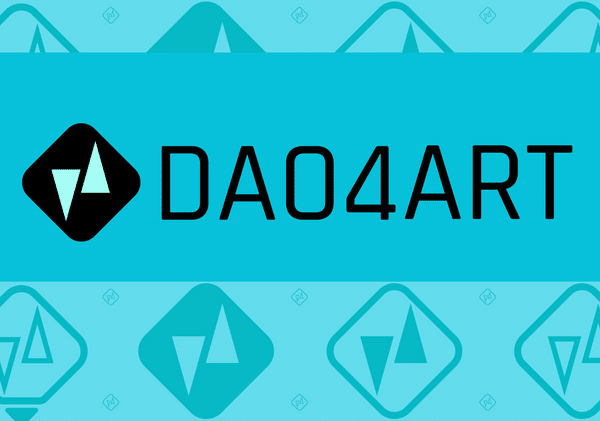Top 10 use cases of blockchain technology in agriculture
The top 10 use cases of blockchain technology in agriculture can solve agribusiness problems
The largest sector of the global economy is agriculture, which generates more than $1 trillion in annual revenue in the United States alone (1% of the nation’s GDP).
In addition, this industry is among the least efficient. Agribusiness issues include a significant amount of tainted and counterfeit goods, an outdated accounting system, overly extensive and inefficient supply chains, an abundance of red tape and a lack of transparency. And it seems that blockchain technology can at least partially solve these problems. In this article, we have mentioned the top 10 use cases of blockchain technology in agriculture.
-
Product quality control
You can use specialized sensors to track the storage and delivery of agricultural products. These sensors collect the necessary data and log it in real time in a decentralized distributed ledger based on the blockchain. Therefore, the product’s stakeholders (farmers, distributors and consumers) will be able to identify the stage of spoilage and avoid it in the future.
-
Improving supply chains
The World Economic Forum estimates that using new technology to reduce administrative barriers in logistics and supply chains will increase global trade by 15% and GDP by 5%. Experts agree that blockchain is the only technology capable of removing these restrictions.
-
Farm Management Software (FMS) upgrade
The blockchain is the only candidate for such a working environment. Only this database design can offer transparency and security of information storage at the same time. Transparency is necessary because the new FMS will provide unrestricted access to data for all parties, and security is necessary because you must be sure that the data is accurate and secured against fabrication.
-
AgTech IoT Optimization
Blockchain is a decentralized database that can store IoT data in a secure and reliable way. Specialized platforms already built and refined through work on the “Internet of Things” have proven in other industries, confirming the scalability, security and reliability of the technology.
-
Fair pricing
Several aspects of modern technology can contribute to more transparent pricing. Blockchain eliminates middlemen, allowing farmers to negotiate better terms for contracts with sellers directly. The market is becoming more open thanks to blockchain, which can be used to put societal pressure on businesses that generate profits. The use of this tactic by environmental organizations has demonstrated its effectiveness. To defend their rights, farmers can establish worldwide trade unions using blockchain-based platforms.
-
Agricultural subsidies
Although unlikely, there is some optimism that at least some aspects of agricultural subsidies could be improved thanks to the blockchain. The people can demand the development of a blockchain platform so that help can be automatically given to those who need it most.
-
Crowdfunding of agricultural production
The new technology will expand the lending sector, so that, for example, African farmers can get loans with reasonable conditions from European institutions. In addition, you can develop crowdfunding models that allow ordinary people to finance companies in foreign nations thanks to the blockchain. Currently, it is dangerous, challenging and involved too complicated administrative processes. These problems with crowdfunding will be solved via tokenization.
-
Small farm insurance
Similar to loans, the blockchain can localize the insurance market so that, for example, farmers in Latin America can get insurance from European firms on more favorable terms.
-
Stimulation of sustainable practices
A synergistic impact can result from the blockchain’s incorporation into many parts of farmers’ activities, significantly simplifying, facilitating and even improving their lives. Farmers will be happy and experience less stress as a result.
-
Corporate responsibility
Thanks to the blockchain, those interested in the practice of growing crops, animals or fish will be able to trace the “history” of some foods, such as corn, back to their seed sources. Or the “story” of the salmon from the farm where it was raised for the freezer. In this situation, you can trace everything, even DNA and the chemical composition of fertilizers.



